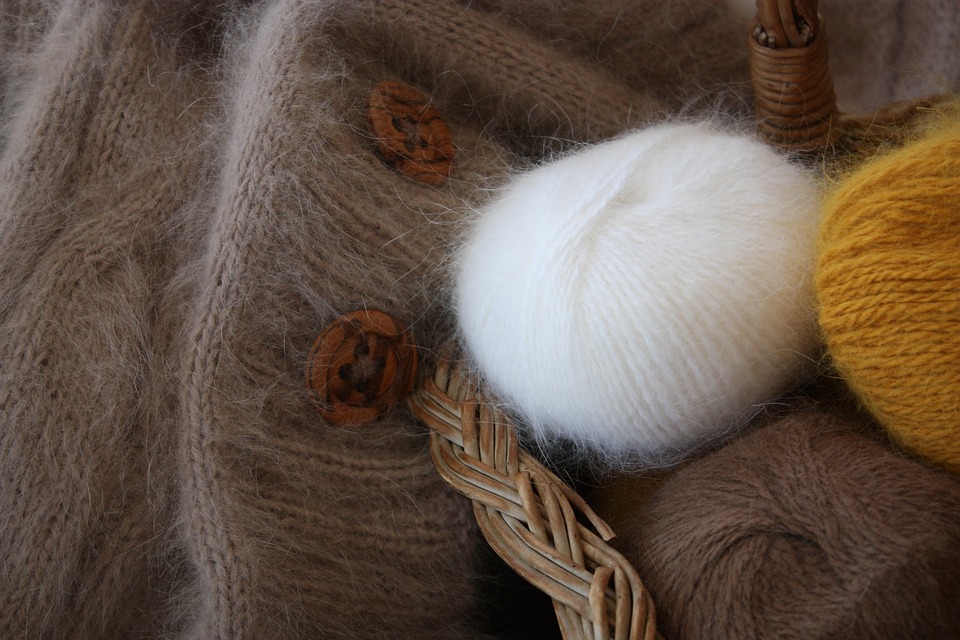Viscose thread, also known as rayon, has gained popularity over the years as a versatile and affordable textile used in various industries, including fashion and home furnishings. However, behind its soft and luxurious appearance lies a complex and often debated issue: its environmental impact. Examining the sustainability of viscose thread is crucial in understanding the potential harm it may cause to our planet.
Viscose is made from cellulose, a natural polymer found in trees, predominantly beech, eucalyptus, and bamboo. The production process begins with the extraction of cellulose from trees through a chemical process known as dissolving. The resulting liquid is then transformed into fiber through spinning techniques.
One of the primary concerns regarding the sustainability of viscose thread lies in the sourcing of raw materials. While trees are considered a renewable resource, some environmentalists argue that the harvesting of trees for viscose production contributes to deforestation, habitat loss, and soil degradation. Additionally, the cultivation of wood pulp plantations can disrupt local communities and indigenous cultures, leading to social and human rights issues.
Another aspect of viscose thread’s environmental impact lies in the chemical processes involved in its production. The dissolving process requires the use of chemicals such as carbon disulfide and sodium hydroxide. These chemicals can be harmful to human health and the environment if not properly managed. Carbon disulfide, in particular, is toxic and poses a risk to workers involved in the manufacturing process if not handled with care.
Furthermore, the release of untreated effluents containing these chemicals into nearby water bodies can lead to water pollution, affecting aquatic ecosystems and threatening biodiversity. Effluent treatment methods must be implemented to minimize the environmental impact of viscose production, but this is not always the case in all manufacturing facilities.
However, it is worth noting that the industry has recognized these issues and taken steps towards improving the sustainability of viscose thread production. Several initiatives and certifications, such as the Forest Stewardship Council (FSC) and the CanopyStyle initiative, have been established to encourage responsible sourcing and production practices. These initiatives aim to promote sustainable cellulose sourcing, reduce chemical usage, and regulate effluent treatment.
Furthermore, technological advancements are being made to develop more environmentally friendly alternatives to the traditional viscose production process. Innovations such as Lyocell and Modal fibers are gaining traction as they require less toxic chemicals and have a lower impact on water resources.
As consumers become increasingly aware of the environmental impact of their purchasing choices, demand for sustainably produced viscose thread is growing. Many fashion brands are now actively seeking suppliers that adhere to responsible sourcing and production practices. Transparency in the supply chain is crucial to ensure that viscose thread comes from sustainable sources and that production processes adhere to ecological standards.
In conclusion, unraveling the sustainability of viscose thread reveals a complex picture. While the production of viscose has undeniable environmental impacts, there are ongoing efforts to improve its sustainability. Responsible sourcing, reduced chemical usage, and proper effluent treatment are essential steps toward mitigating the environmental harm caused by viscose thread production. As consumers, we can play a role by seeking out and supporting brands that prioritize sustainability and transparency in their supply chains. By making informed choices, we can contribute to a more sustainable future for the textile industry.

